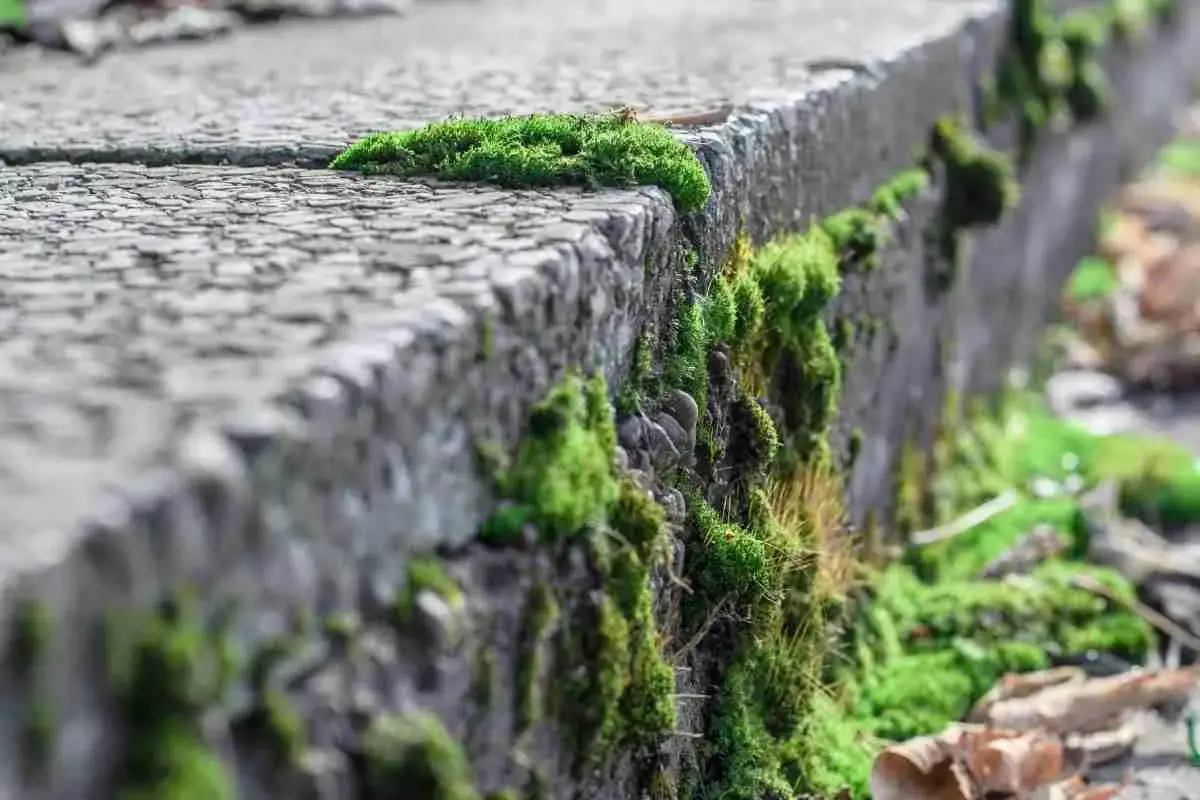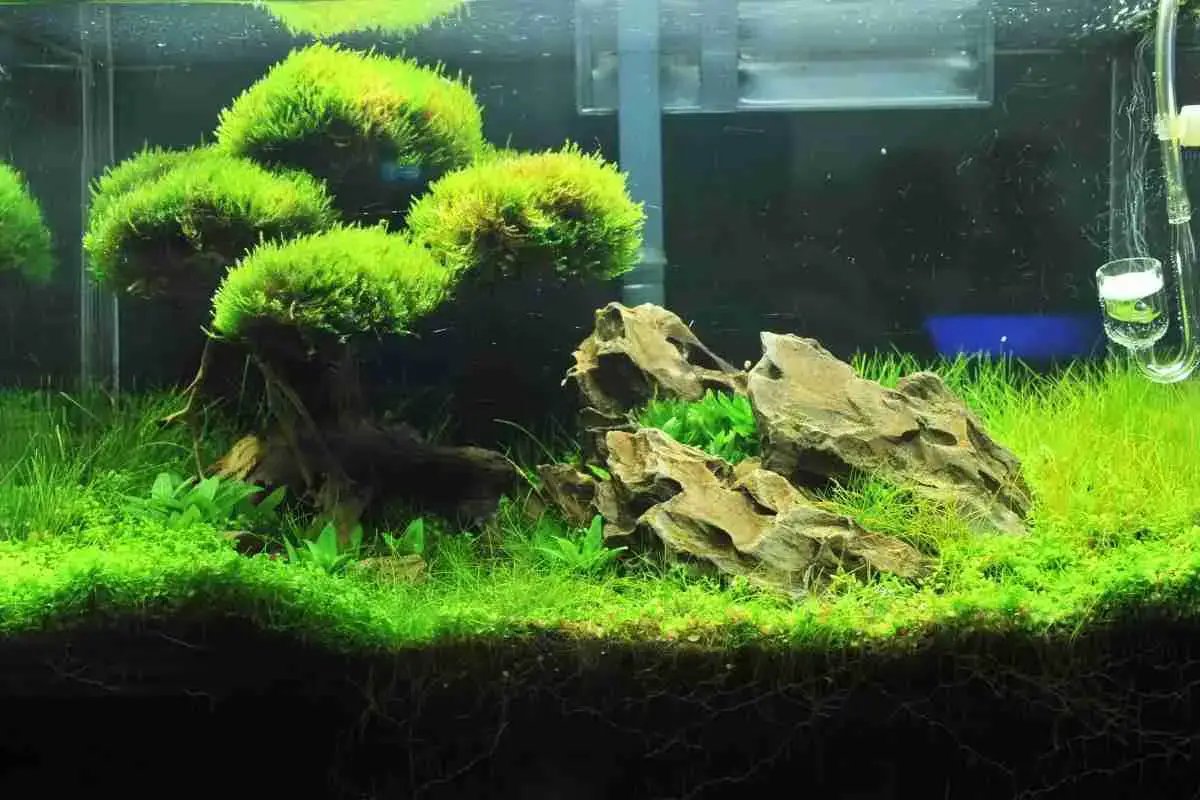
How To Grow Java Moss Carpet On Sand?
Read more
Does Sphagnum Moss Mold? Causes & Prevention
Read more
Is Algae A Protist? (Autotrophic Or Heterotrophic)
Read more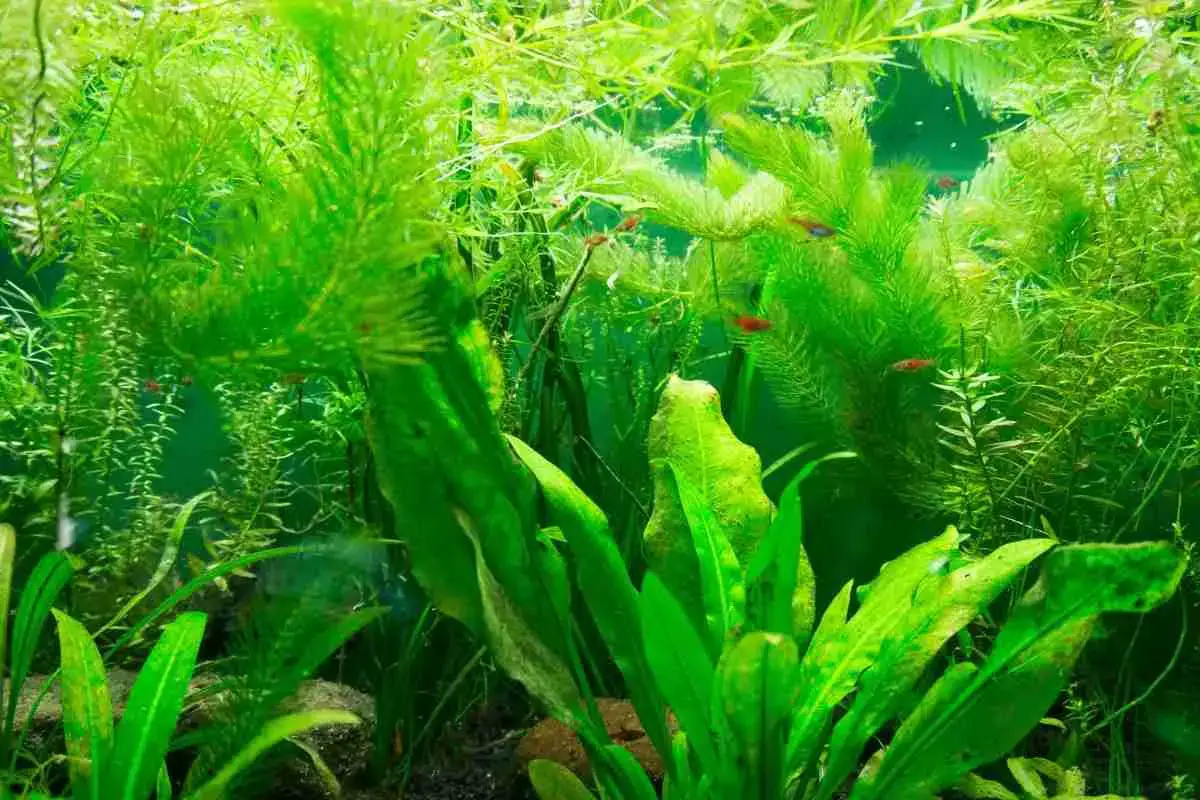
5 Simple Methods To Promote Algae Growth!
Read more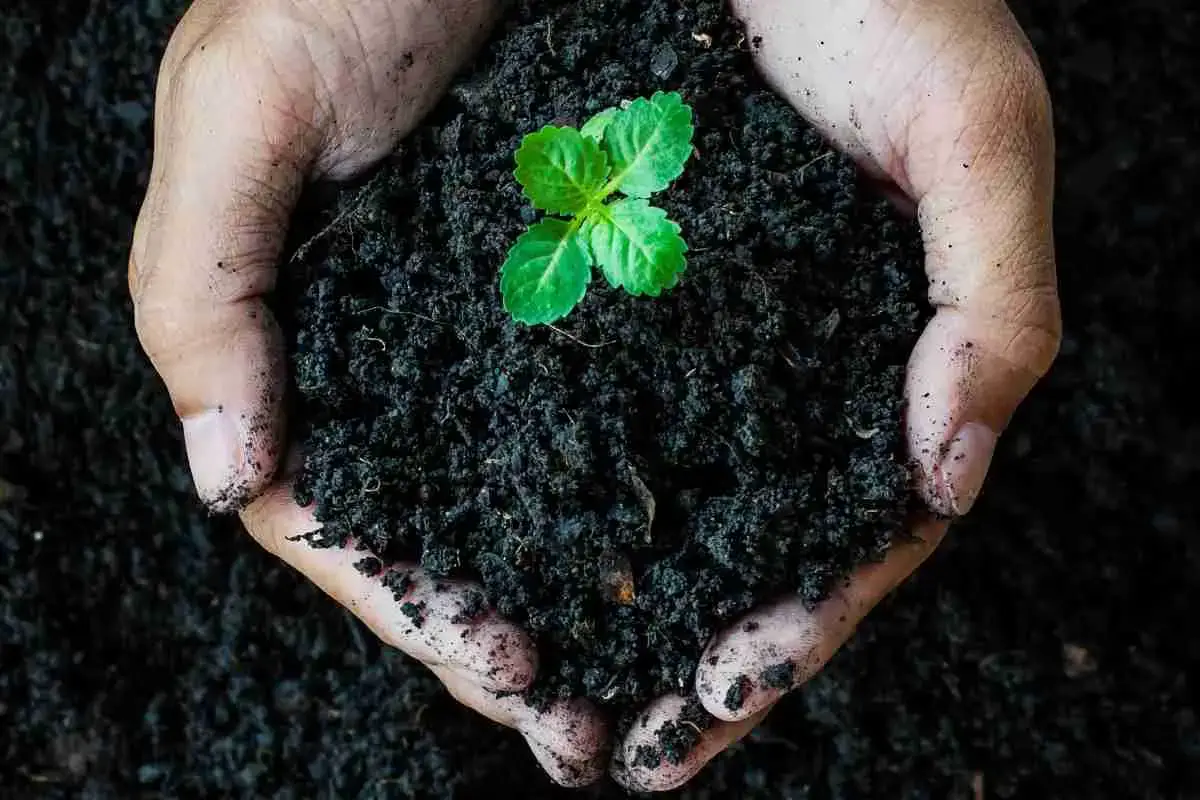
Does Moss Need Soil? Detailed Guide
Read more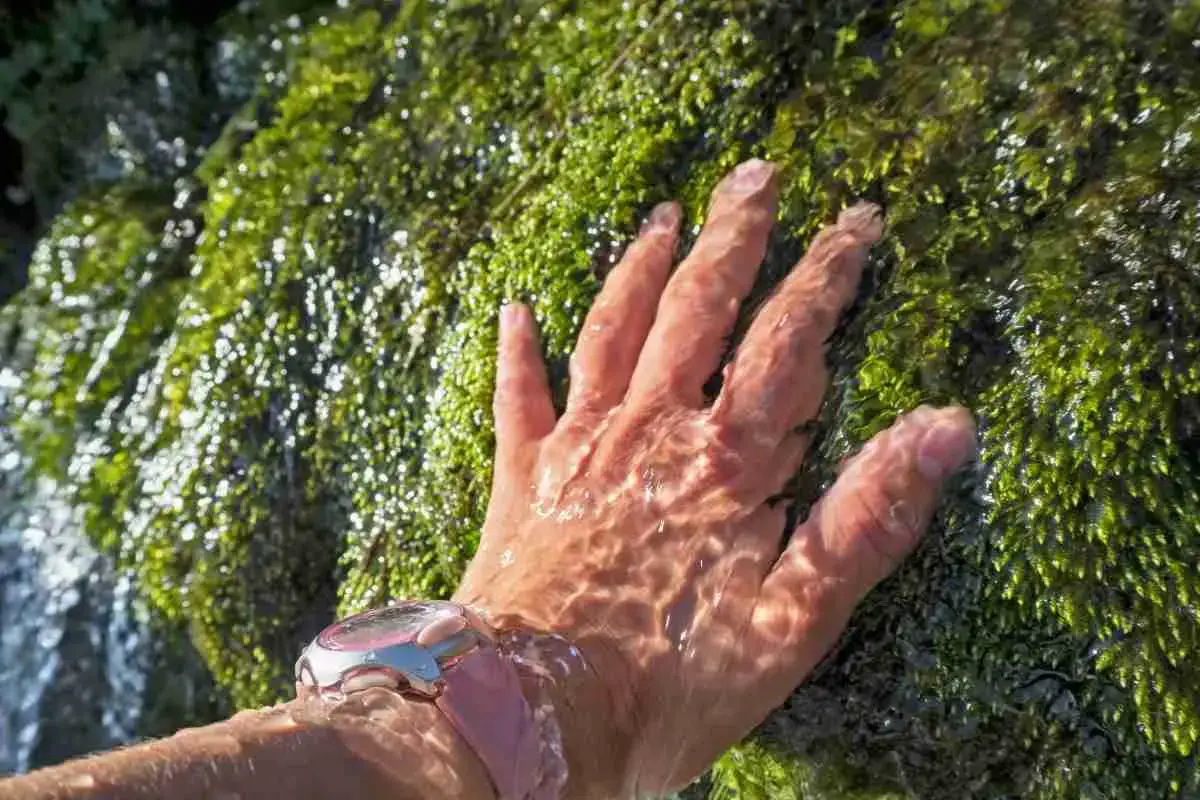
Does Moss Need Water To Survive?
Read more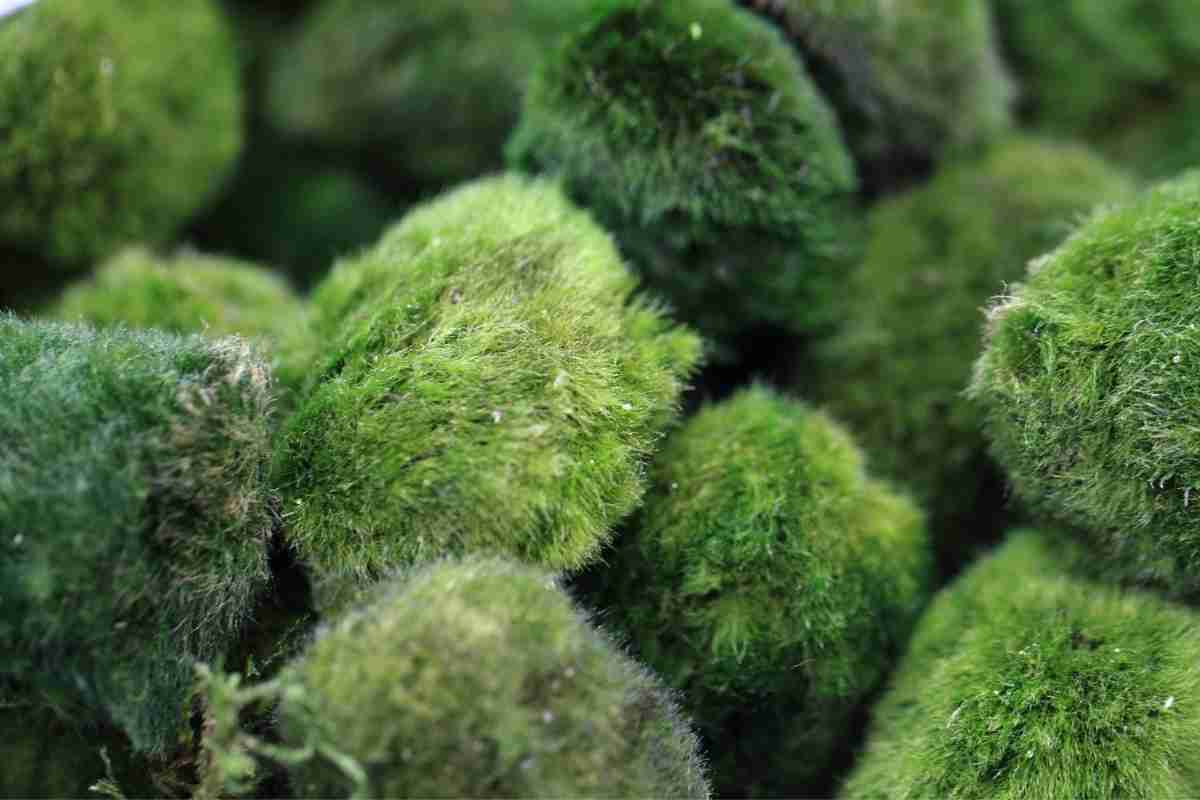
What Are Moss Ball Pets? Detailed Guide!
Read more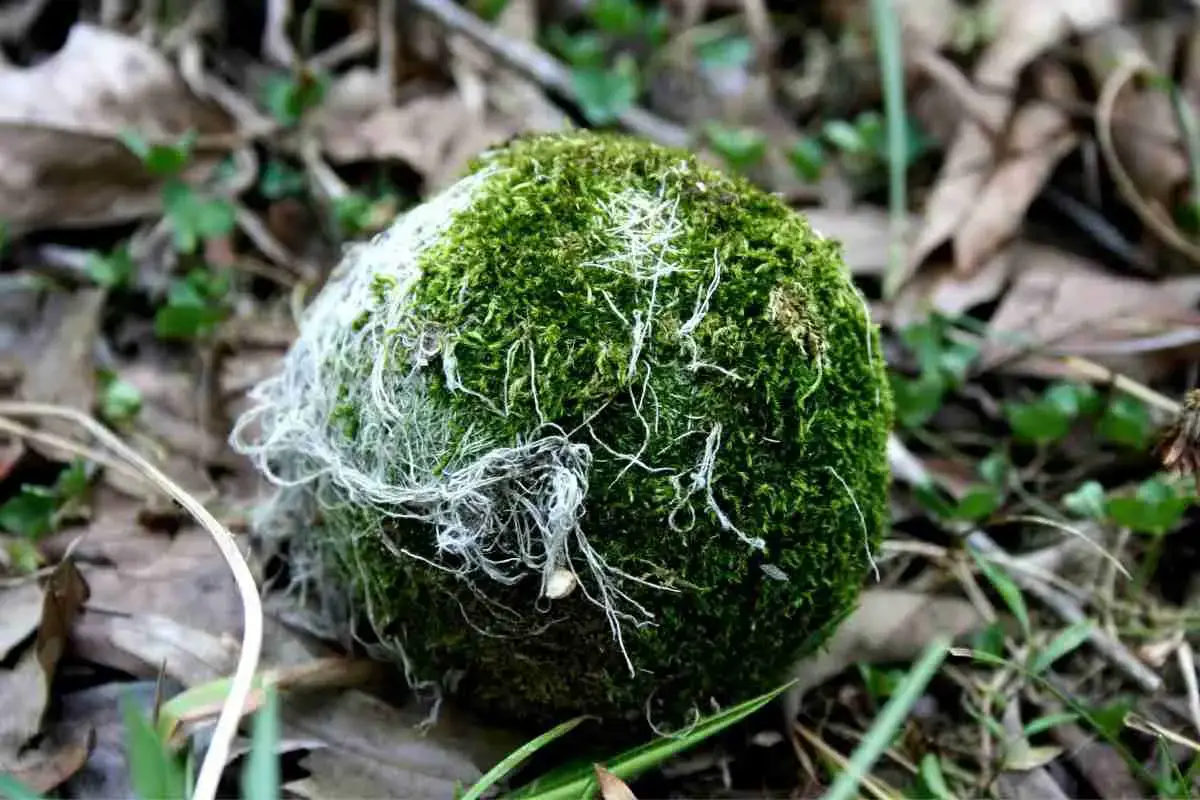
Are Moss Balls Alive? Everything You Need To Know!
Read more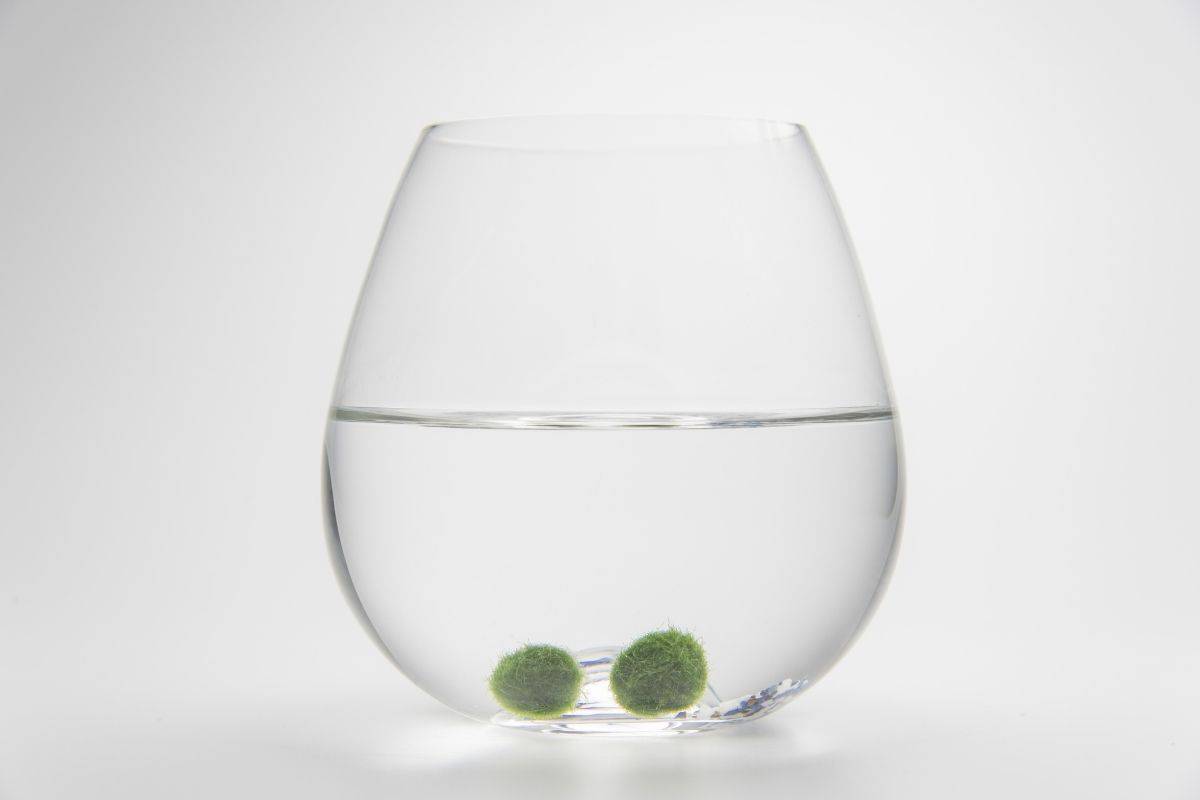
Do Moss Balls Need Light? The Ultimate Question!
Read more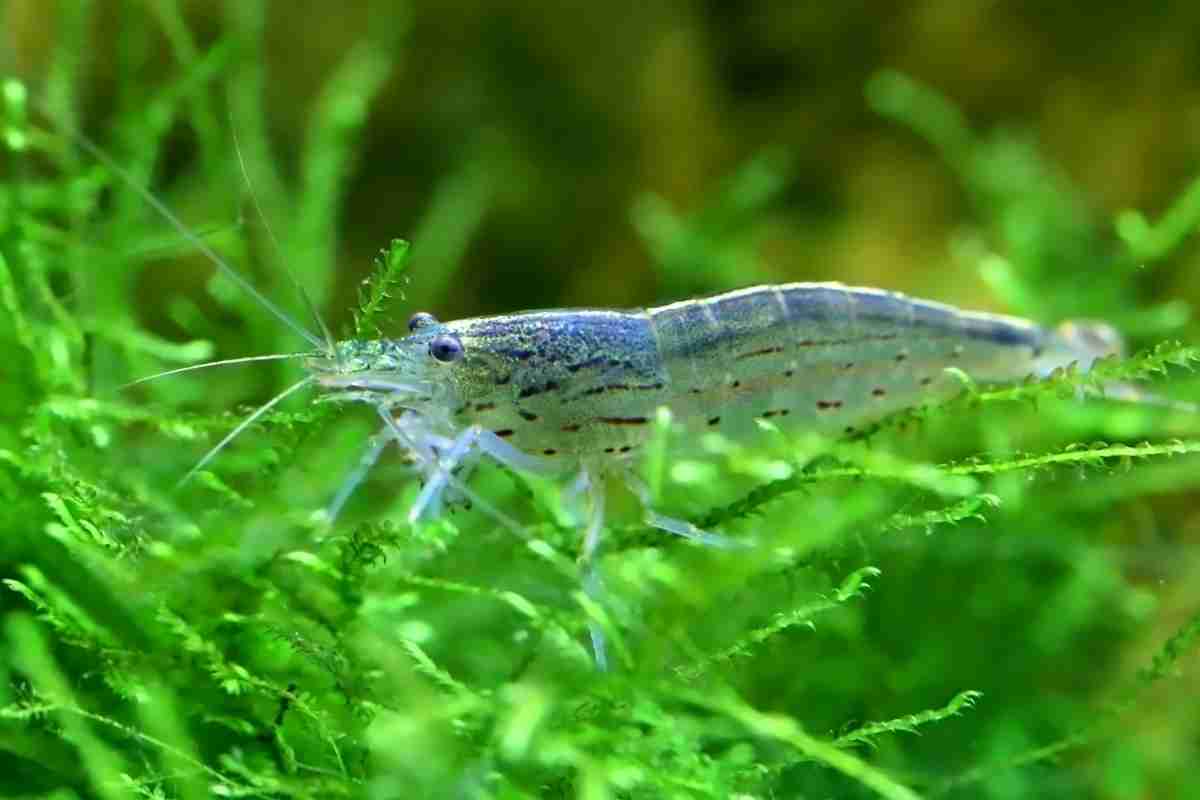
How To Grow Algae For Shrimp In An Aquarium?
Read more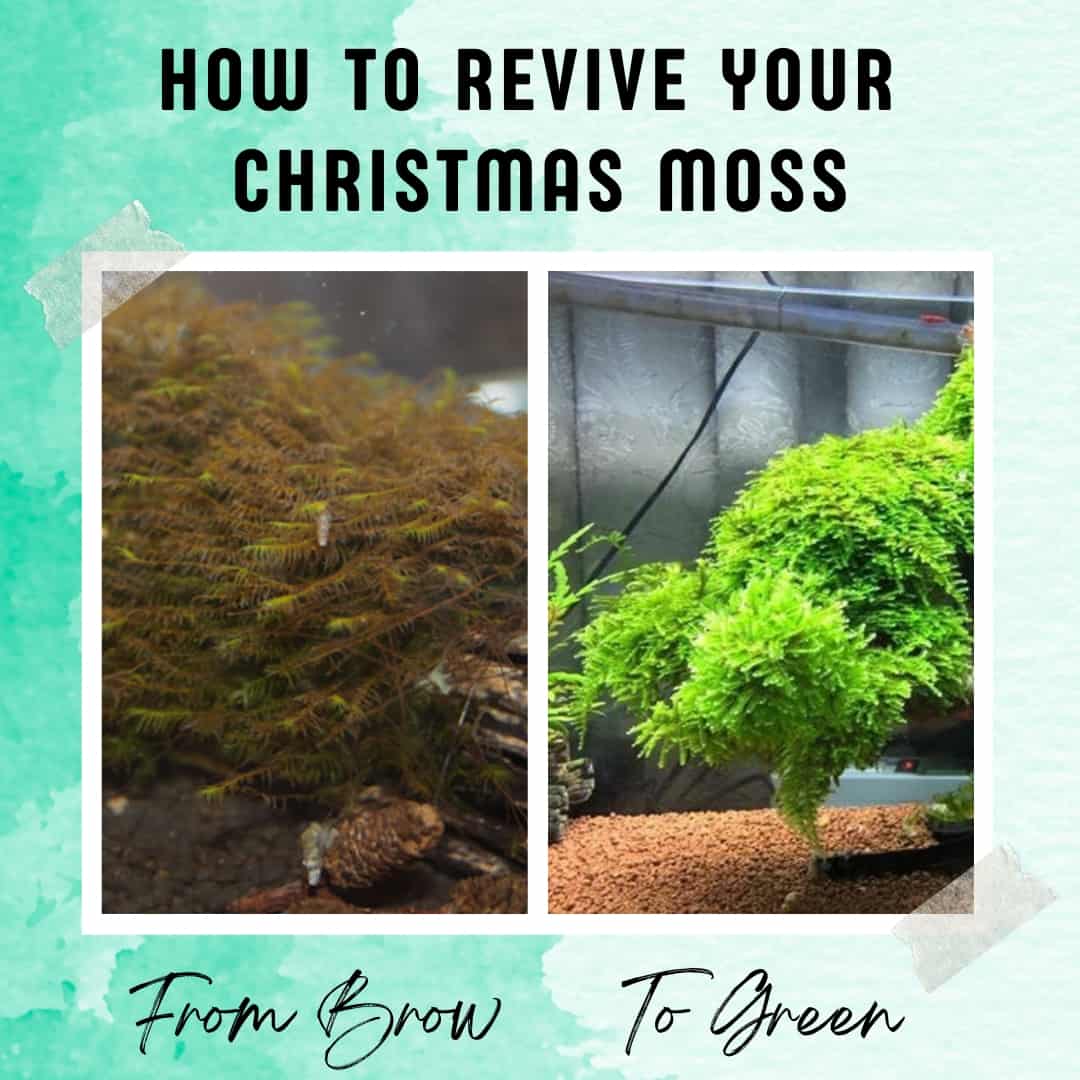
What to do if your Christmas moss turns brown or yellow? Find out how to bring your moss back to life
Read more